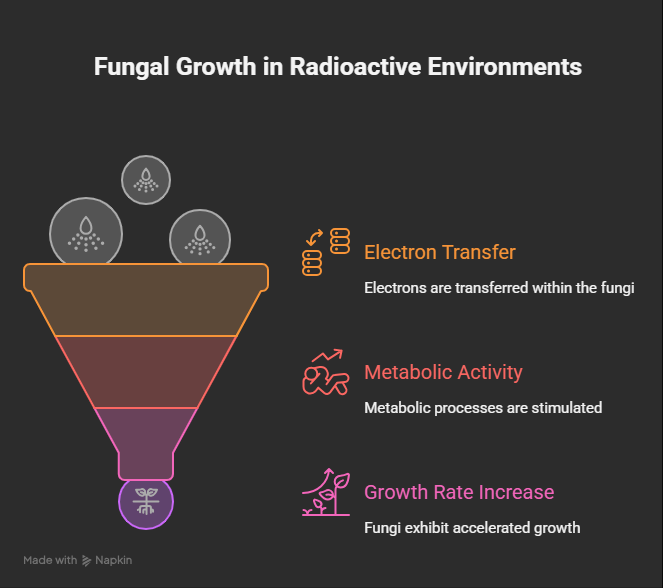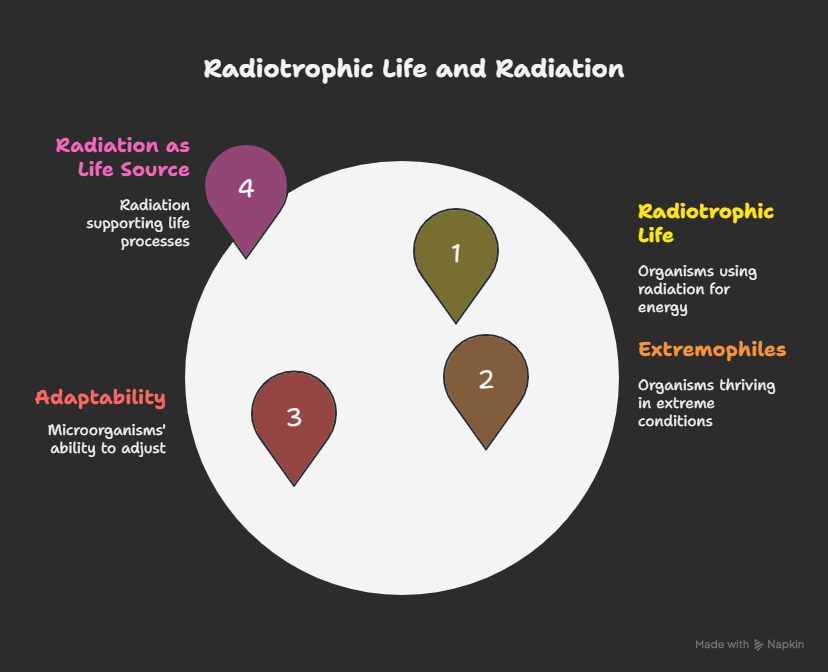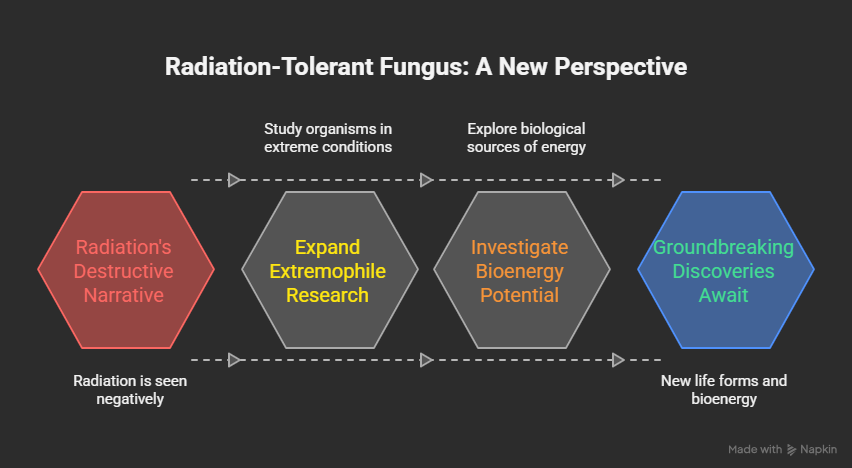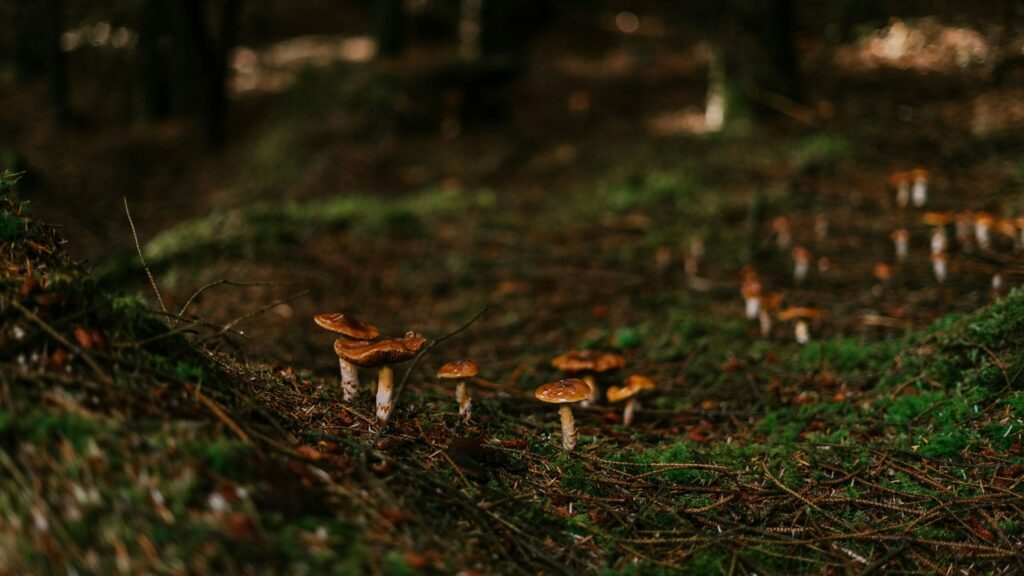High levels of radiation are detrimental to the survival of living organisms. In history, there are plenty of examples where radiation disasters have led to the deaths of thousands of people. The most notable one is the Chernobyl disaster and its deadly aftermath. All this only validates the lethality of radiation for any living thing. However, there is more to the intricacy of life, as recent studies have showcased the discovery of radiotrophic fungi in high-radiation zones.
The radiotrophic fungi can utilise the harmful radiation for sustenance. It is a fascinating behaviour and has captured the attention of various scientists and public enthusiasts. So, let us learn more about the radiotrophic fungi in Chernobyl and how they can reveal the survival nature of living organisms on the cellular level. Also, let us see how we can utilise the capabilities of a radiotrophic fungus for the benefit of all humanity.
Radiotrophic Fungi Are Healing Chernobyl?
In 1986, the Soviet Union suffered one of the biggest man-made disasters in the Chernobyl explosion of a nuclear power plant. It was one of the most dangerous and destructive disasters ever to take place in the 20th Century. As a result, the whole area was contaminated with harmful radiation and substances. This resulted in the formation of exclusion zones where no form of life could sustain or thrive naturally. However, after all these, scientists are now able to examine the area of ecological collapse with life in the form of radiotrophic fungi in Chernobyl.
The Discovery of the Fungi
Most radiotrophic fungi were observable with dark pigmentation and unusual growth patterns. However, it was sustained inside the reactor walls, which are among the most highly radioactive spaces in the area. The reason for this can be found in studies that suggest the role of melanin in this adaptive behaviour of the fungus.
More About Radiotrophic Fungi?
Similar to photosynthesis, the radiotrophic fungus uses radiation instead of light photons for vital metabolism. You can learn more about the process by exploring the fundamentals of radiotropism. Three major species showcase this process and are continuously under various studies around the world.
- Cladosporium sphaerospermum.
- Cryptococcus neoformans.
- Wangiella dermatitidis.
Moreover, most studies point towards the melanin-rich cells in the fungus, which help it survive in extreme radiation. Thus, people can compare fungi to plants in terms of obtaining energy using radiation instead of sunlight.
The Science Behind Fungus Absorbing Radiation
As discussed before, melanin plays a significant role in absorbing radiation from the environment. Following the absorption, the electron transfer processes and metabolic activity are stimulated in the fungi. Moreover, the different studies showcase the increased fungal growth rates in the radioactive environments. Even some laboratories are replicating the living conditions and observing the fungi’s growth periodically.

The Importance of Discovering Radiotrophic Behaviour in Fungi
Before the discovery of radiotrophic behaviour in living organisms, scientists had a very negative view of radiation. However, it is not the case since there are extremophiles on the living spectrum with the capabilities of survival beyond human comprehension. Additionally, it gives more information about radiation as a source for life and the implications regarding the adaptability of microorganisms.

Human Benefits and More
There is considerable potential in applying knowledge about radiotrophic fungi to benefit human beings and promote thriving life in various fields. The topic can contribute to various lines of medical science, environmental stability, and even space exploration. Thus, it is an entirely worthy field of study that has the potential to change human lives forever and for the better.
- Bioengineering protective compounds for astronauts.
- Bioremediation of nuclear waste sites.
- Creating biological shields against harmful radiation.
- NASA studies on fungal growth aboard the ISS.
Ethical and Practical Concerns About the Radiotrophic Fungus
The primary concern when studying the topic of such magnitude is the dangers of radiation. Although the fungus is adaptable to high radiation, unfortunately, it is not the case for humans. Therefore, the researcher must exercise extra caution when exploring not only natural areas with high radiation but also laboratories with similar conditions.
- Unintended ecological consequences.
- Scaling applications for real-world use.
- Balance between exploration and caution.
In addition, there is a need to prevent ecological imbalance and exercise caution during real-world experimentation.
The Future of Life Science After Radiotrophic Fungi
With the discovery of radiation-tolerant fungus, the destructive narrative of radiation is questionable. Moreover, it opens doors to life forms capable of evolving under similar adaptations in other places of the universe. It also expands research into extremophiles and bioenergy, which are the pathways to some groundbreaking discoveries in the future.

Final Thoughts on Radiotrophic Fungi
Life is full of mystery and discovery. One such discovery is the fungi resilient to the harmful radiation and harshest conditions of Chernobyl. Therefore, more information about the radiotrophic fungus will open doors to numerous applications in different fields. It is a significant area of study that will add more to the existing vessel of scientific wisdom.
FAQs
What is radiotropism?
It is a term for defining any living organism with the ability to use ionising radiation for metabolism.
What fungi eat Chernobyl radiation?
Radiotrophic fungi can utilise radiation from the environment for harnessing energy through metabolic activity.



